Why Landscape Restoration Matters for Communities in Africa
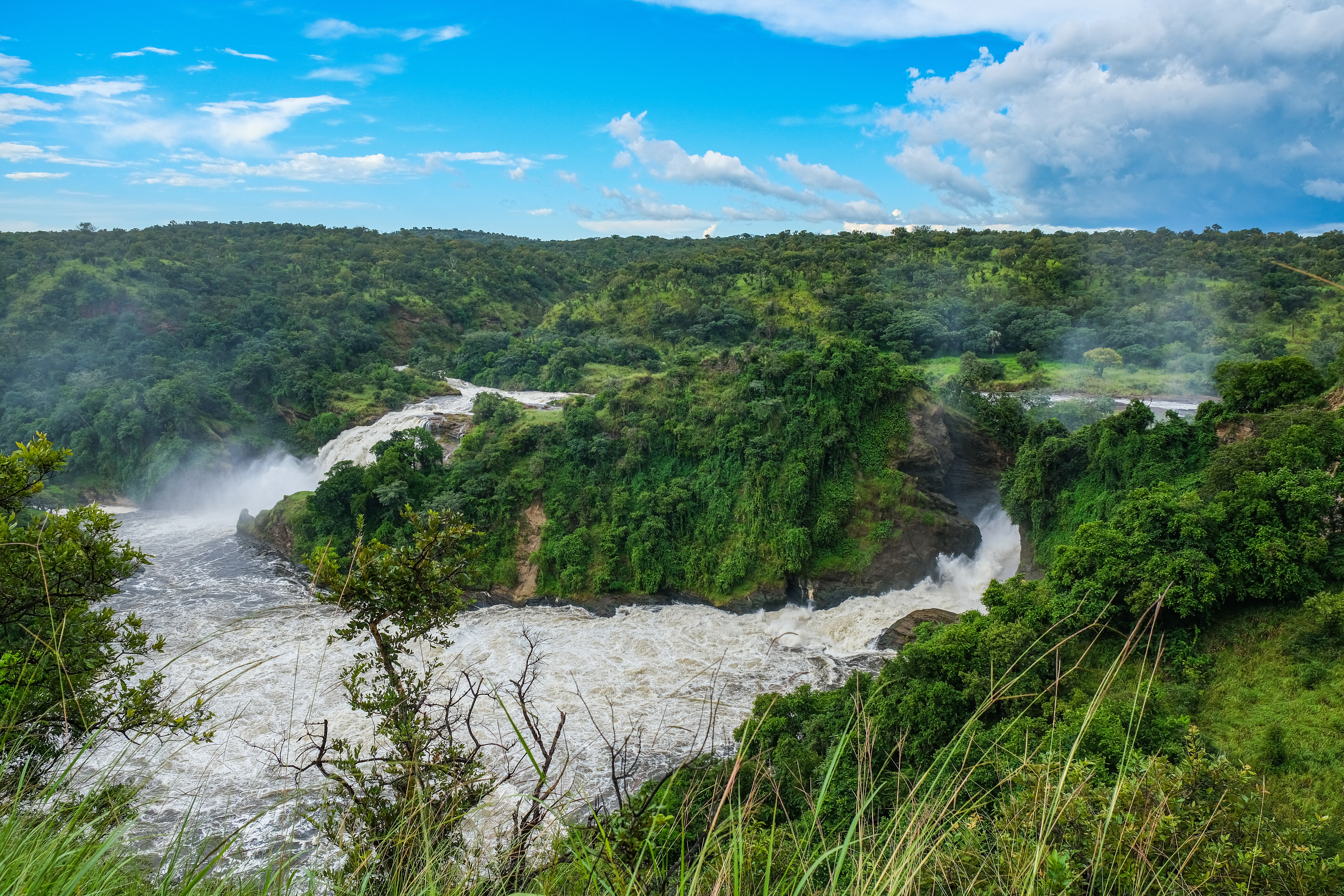
Murchison Falls National Park in Uganda
Across Africa’s stunning landscapes, human activity and resource extraction have led to an unprecedented biodiversity loss. This degradation has affected communities dependent on these resources for their livelihoods, endangering entire ecosystems. A 2021 United Nations review found that up to 65% of productive land is degraded, and desertification impacts 45% of Africa’s land area.
On this year’s World Environment Day, the African Wildlife Foundation (AWF) highlights its collaborative projects with governments, communities, NGOs, and the private sector to promote investments and advocate for policies that bolster conservation efforts. Revitalizing degraded landscapes is essential in the fight against desertification, climate change, and biodiversity loss. AWF underscores the importance of efficient and sustainable land and natural resource management to counter habitat degradation and fragmentation, the most significant long-term threats to Africa's wildlife.
AWF's Success Stories: Community-Driven Restoration
Faro, Cameroon
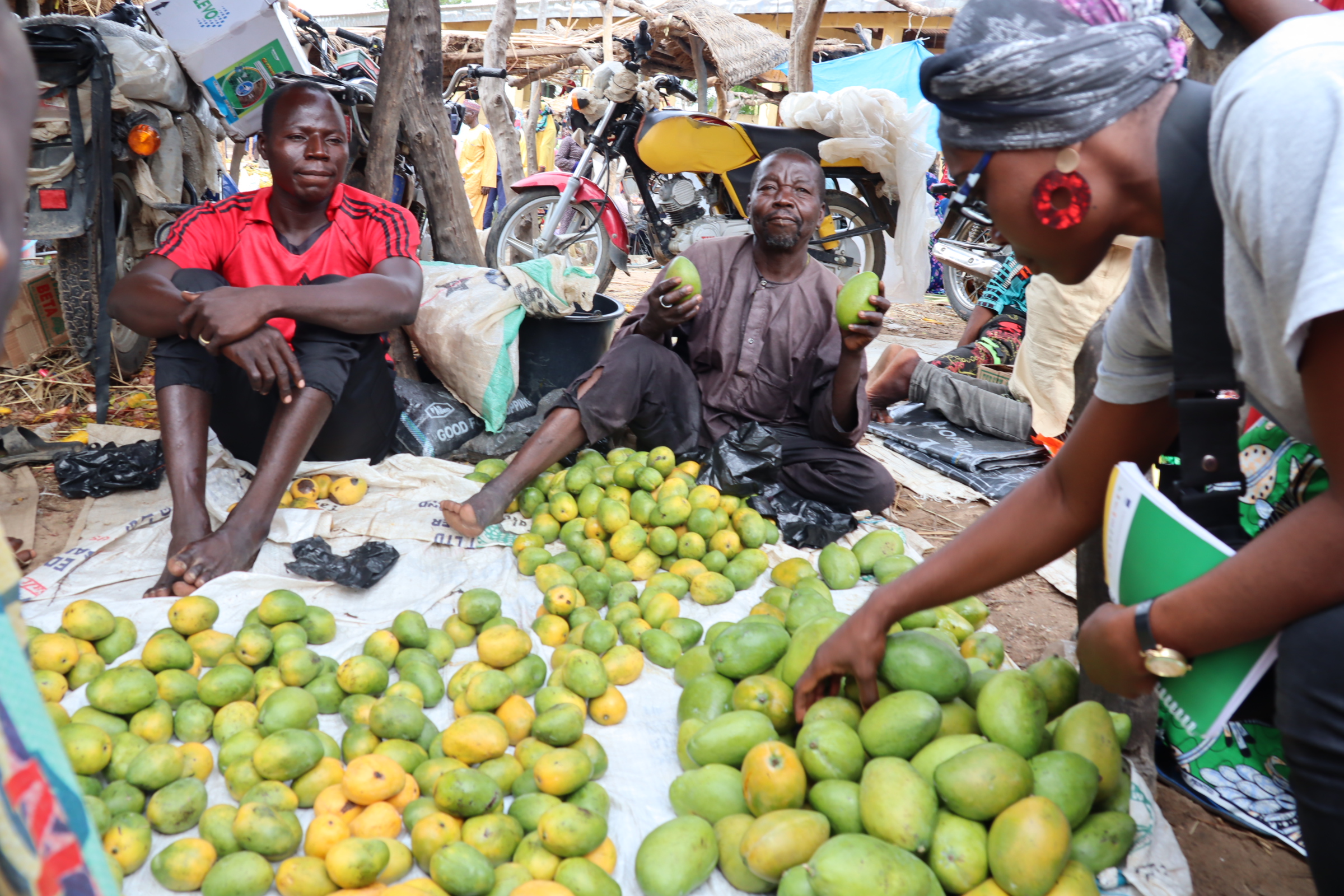
Communities members in Faro with fruits from their reforestation trees
In 2018, AWF launched a community nursery in Faro, Cameroon, funded by the European Union's ECOFAC6 project. This nursery grows various seedlings, including fruit-bearing trees like mango and orange, and indigenous species such as baobab and moringa, which are crucial for reforestation, ecological restoration, and food security. In 2021, AWF expanded its efforts by establishing the Rural Resource Centre (RRC), which provides knowledge exchange and training in sustainable land management and conservation techniques, particularly for Indigenous communities. Over 40,000 seedlings have been distributed, promoting dietary diversity and economic opportunities. Solar-powered water management systems have been installed to alleviate water scarcity for people and livestock. The success of these projects has been strengthened by ongoing collaboration with the Ministry of Forestry and Wildlife and the active participation of local communities, especially the Tchamba and Voko peoples.
Bili-Uéré, Democratic Republic of Congo (DRC)
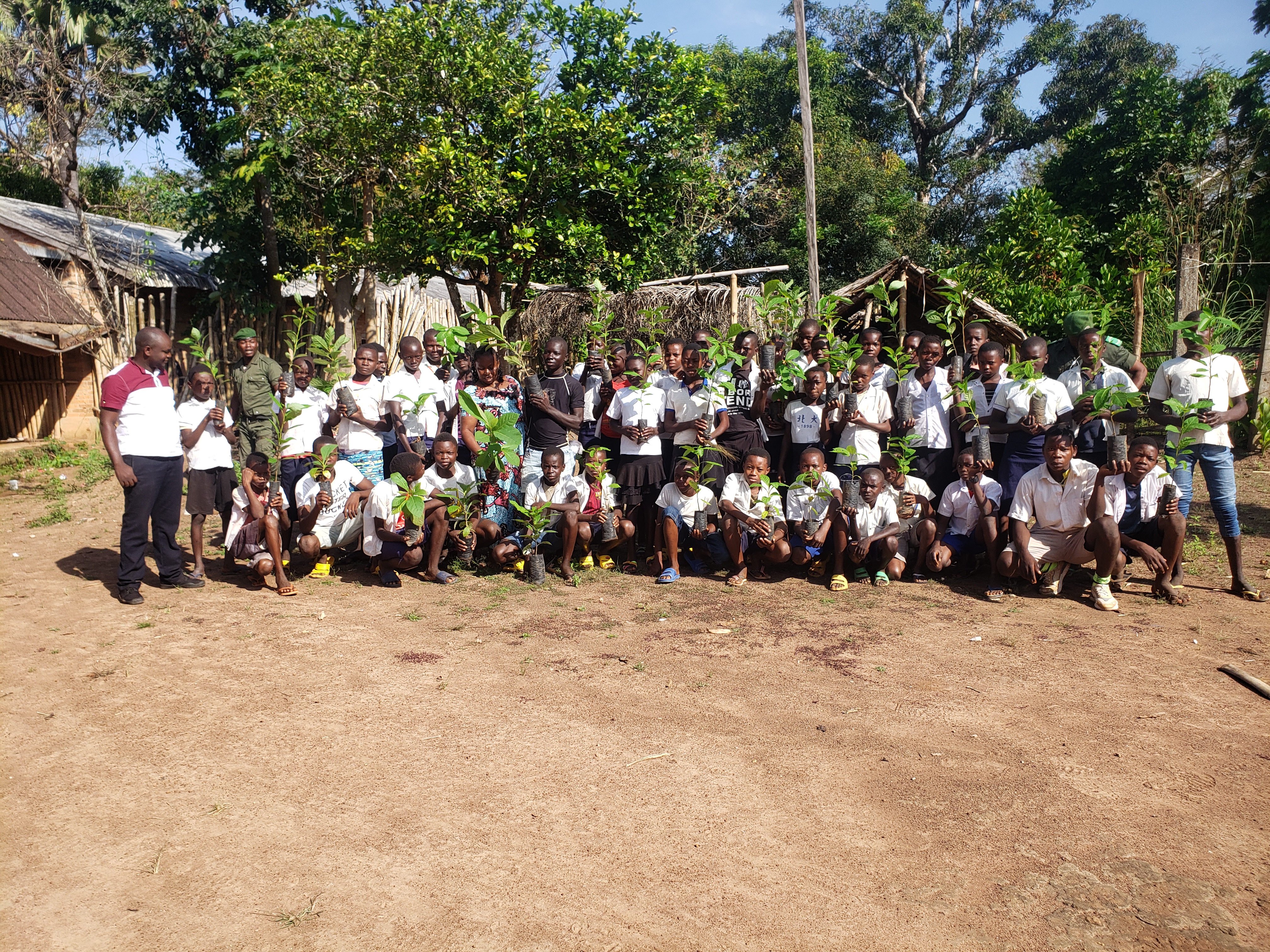
Community members in Bili-Uere posing with their seedlings
Over the past five years, AWF has focused on community resilience and forest rejuvenation in the 60,000-square-kilometer Bili-Uele region of the DRC. In partnership with the Institut Congolais pour la Conservation de la Nature (ICCN) and USAID, AWF's Community-Based Counter Wildlife Trafficking program, concluded in June 2023, emphasized sustainable agriculture, participatory land-use planning, and agroforestry. AWF trained the community in eco-friendly farming practices, including crop rotation and nitrogen-fixing legumes, to enhance productivity and soil fertility. They also educated local fishermen, hunters, and farmers on informed land use and GPS navigation for forest mapping. This initiative led to the mapping of 11,000 square kilometers for community land-use planning, with 4,527 square kilometers voluntarily designated as wildlife corridors. Students planted over 1,500 fruit trees around their schools, replacing those previously cut down.
Kilombero, Tanzania
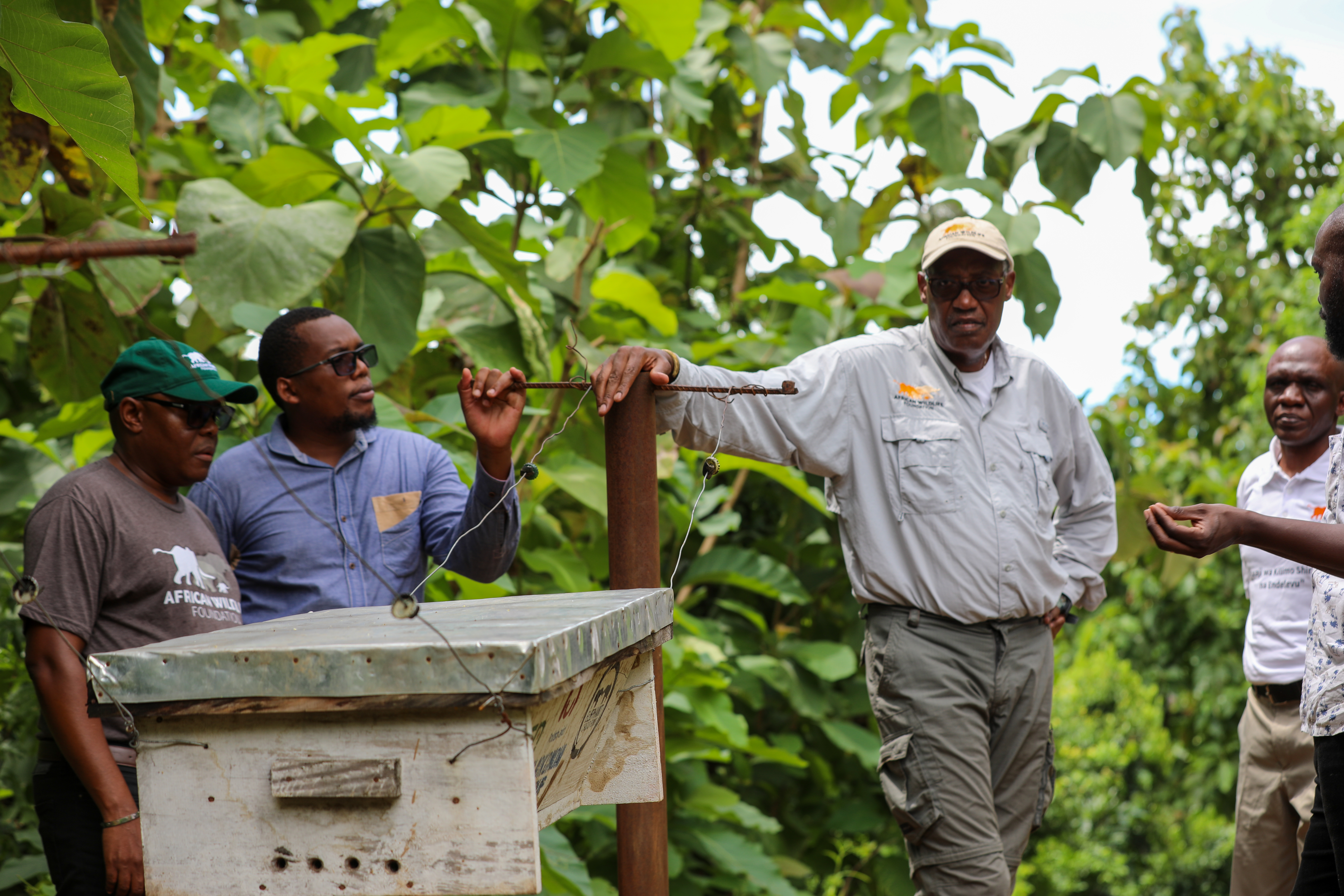
AWF CEO, Kaddu Sebunya during his trip to Kilombero, Tanzania
AWF has collaborated with Reforest Africa, Kilombero Sugar Company Limited (KSCL), Tanzania Forest Services (TFS), and the Kilombero District Council to upgrade the 2,600-hectare Magombera Forest's status from a Forest Reserve to a Nature Reserve. Home to rare species like the Udzungwa Red Colobus Monkey and the Magombera Chameleon, and crucial for the Udzungwa-Selous wildlife corridor, Magombera's enhanced conservation status was achieved through complex negotiations and stakeholder cooperation. Key achievements include lease agreements between KSCL and the Tanzania Forest Service Agency, a joint forest management agreement between Tanzania Forest Conservation Group (TFCG) and TFS, and KSCL’s compensation for its land within the forest. AWF also supported Reforest Africa to establish permanent sample plots to monitor carbon sequestration and explore natural regeneration methods. These efforts have safeguarded Magombera and set a global benchmark for conservation.
Chawia Hill Forest, Taita Taveta - Kenya
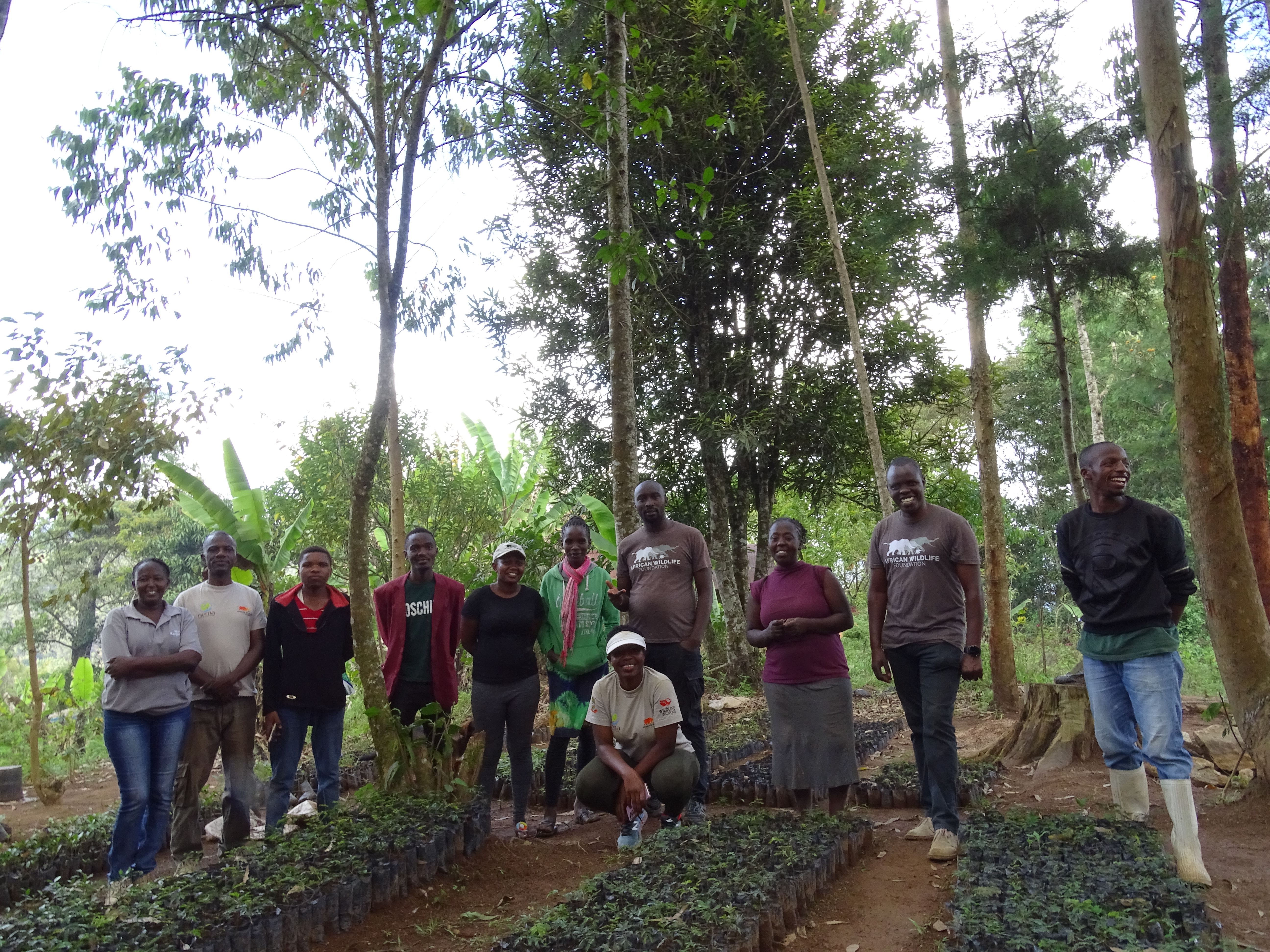
Members of the Mwaroko Youth Group and AWF Tsavo landscape staff at the tree nursery
Chawia Hill Forest, located in the Taita Hills and part of the Eastern Arc tropical rainforests, holds immense ecological and cultural significance, particularly for the Chawia people. This forest is a sanctuary for the critically endangered Taita thrush (Turdus helleri) and a crucial water source for surrounding communities. However, agricultural expansion, illegal logging, and uncontrolled livestock herding have severely threatened this vital ecosystem. In response, the Mwaroko Youth Group, established in 2020 and reactivated in 2021 with support from AWF, has focused on reforestation. They manage a tree nursery with 20,000 seedlings and have planted 2,200 indigenous trees to restore three acres. Additionally, AWF has installed a water tank and piping system to alleviate the community’s burden of fetching water. Mwaroko’s efforts extend to beekeeping, vegetable farming, and operating a Village Savings and Loan Association (VSLA), supported by ICIPE and Nature Kenya. Their comprehensive approach to restoration, economic activities, and community engagement serves as a model for sustainable conservation.
As we commemorate World Environment Day, AWF reaffirms its commitment to Generation Restoration. By empowering youth and women as stewards of the environment, AWF fosters a future where communities and wildlife thrive in harmony. Through collaborative projects like those in Faro, Cameroon; the Democratic Republic of Congo; Chawia Hill Forest, Taita Taveta, Kenya; and Tanzania's Magombera Forest, AWF is not just restoring landscapes; it is igniting a ripple effect of positive change. These transformed areas stand as testaments to the power of collective action, serving as protected sanctuaries brimming with rich biodiversity. AWF's dedication ensures that these vital ecological roles will continue to flourish for generations to come, inspiring a world where human progress and environmental well-being go hand in hand.